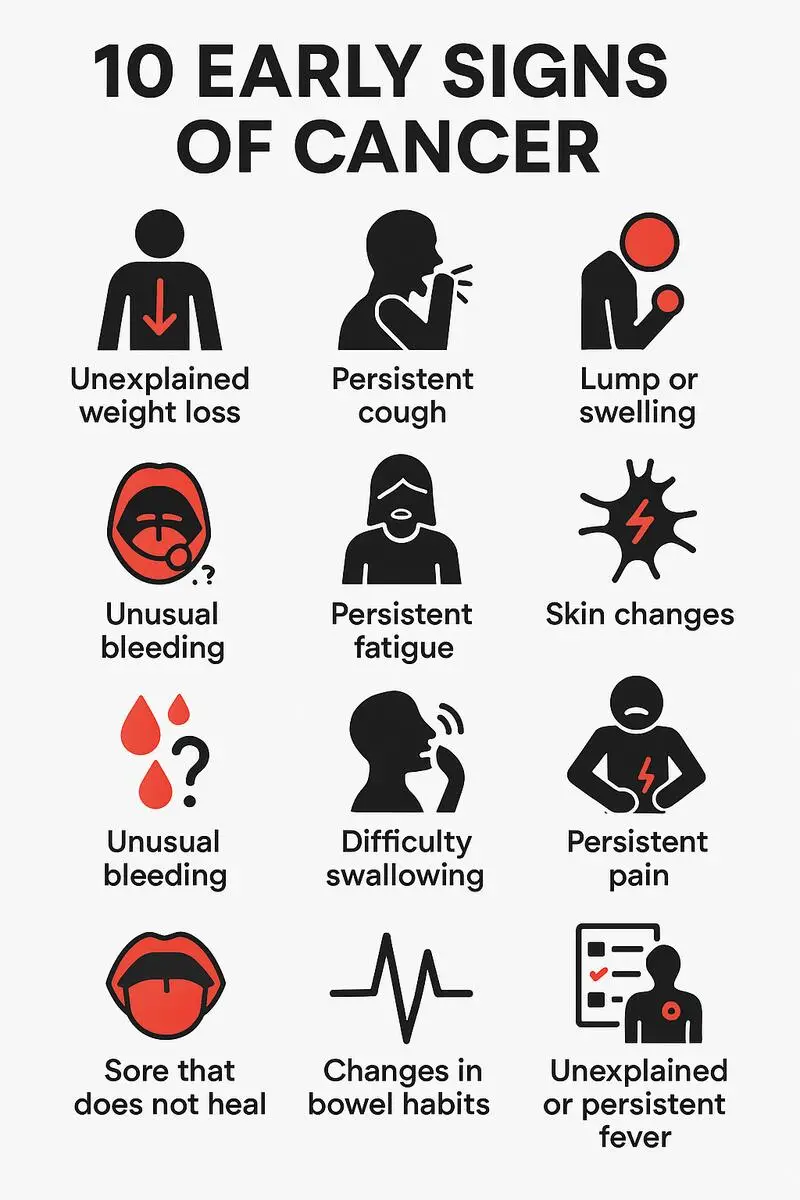- Published on: May 21, 2022
- 3 minute read
- By: Secondmedic Expert
Unraveling The Mysteries Of Hematoma: Symptoms, Diagnosis, Causes, And Treatment
Have you ever found yourself staring at an unexplained bruise, wondering about the untold stories beneath your skin? What if that seemingly harmless discoloration is a signal of something more profound—something related to internal bleeding? This comprehensive guide aims to unveil the secrets concealed within hematomas, exploring their symptoms, diagnosis, causes, and treatment options. Are you ready to unravel the mysteries of those mysterious bruises and comprehend the gravity of internal bleeding? Let's embark on this enlightening journey together.
What is Hematoma
To comprehend the complexities of hematomas, we need to start with the basics. A hematoma is essentially a localized collection of blood outside blood vessels, typically resulting from a traumatic injury. While many of us associate hematomas with visible bruising on the skin, they can also involve more intricate scenarios of internal bleeding.
Hematoma, as a term, encapsulates a broad spectrum of conditions, ranging from superficial bruises to more severe internal bleeding. These incidents can occur anywhere in the body, presenting a challenge to those attempting to identify and understand the nuances of these ailments.
Hematoma Symptoms Demystified
Recognizing the symptoms of hematoma is paramount for timely intervention. Symptoms may manifest as seemingly harmless bruises or indicate more severe internal bleeding. Persistent pain, swelling, and disc
coloration are common signs that warrant attention. These symptoms, often dismissed as mere inconveniences, can be the body's way of signaling an underlying issue that requires immediate medical evaluation.
It's crucial to humanize these symptoms, considering the impact they have on individuals. Imagine waking up with unexplained bruising, causing discomfort and concern. The journey to demystify hematoma symptoms involves acknowledging the emotional and physical toll these signs can take on a person's well-being.
Diagnosing the Culprit – Unraveling the Enigma
Diagnosing a hematoma is akin to solving a medical puzzle. Medical professionals employ a meticulous process to pinpoint the exact location and extent of internal bleeding. Imaging techniques, such as ultrasound and CT scans, serve as crucial tools in unraveling the enigma hidden beneath the surface.
The diagnostic journey is a collaborative effort between the healthcare provider and the individual experiencing symptoms. It involves a series of tests and examinations, each contributing a piece to the overall picture. This collaborative approach ensures a thorough understanding of the hematoma, paving the way for an effective treatment plan.
Causes of Hematomas – Beyond the Bruise
While bruises are commonly associated with minor injuries, hematomas can arise from a myriad of causes. Traumatic injuries, falls, or even certain medical procedures can pave the way for the formation of hematomas. Understanding the root causes is essential in preventing and managing these silent threats to our well-being.
Consider the scenario of a sports enthusiast sustaining an injury during a game. The resulting hematoma goes beyond a surface-level bruise, encompassing the body's response to trauma. Exploring these causes adds a human touch to the scientific understanding of hematomas, emphasizing the real-world scenarios in which they unfold.
Types of Hematomas – Exploring the Depths
Not all hematomas are created equal. Subdural hematoma, epidural hematoma—these terms may sound daunting, but breaking them down reveals their distinct characteristics. Each type demands a tailored approach in terms of diagnosis and treatment.
Subdural hematoma, for instance, involves bleeding between the brain and its outermost covering. This often follows a head injury and may present with symptoms ranging from headache to more severe neurological deficits. By exploring these depths, we gain insights into the diverse manifestations of hematomas, each with its unique set of challenges and considerations.
Shedding Light on Treatment Options
As we navigate through the complexities of hematoma, shedding light on the available treatment options becomes imperative. The choice of treatment depends on the severity and type of hematoma, ranging from conservative approaches such as rest and ice to more invasive procedures like drainage.
Consider a scenario where an individual discovers a hematoma resulting from a fall. The treatment journey involves not only addressing the physical aspects of the hematoma but also providing emotional support to cope with the aftermath of the incident. This holistic approach emphasizes the interconnectedness of physical and mental well-being in the treatment of hematomas.
The Role of Online Doctor Consultation
In today's digital age, seeking medical advice has become more accessible than ever. If you've been experiencing unusual symptoms or have concerns about a potential hematoma, an online doctor consultation can be a valuable resource. This convenient option ensures timely guidance and professional insights without leaving the comfort of your home.
Consider the relief an individual feels when, faced with unexplained symptoms, they can connect with a healthcare professional online. The convenience of virtual consultations not only addresses the immediate medical concerns but also offers a sense of reassurance to those navigating the uncertainties associated with hematoma symptoms.
Conclusion:
In unraveling the mysteries of hematoma, we've journeyed through the symptoms, diagnosis, causes, and treatment options. The silent threats beneath our skin are not to be underestimated, and understanding the nuances of hematomas empowers us to take control of our health.
This exploration of hematoma goes beyond the clinical definitions, incorporating a human touch to each aspect. The bruises, symptoms, and treatment options are not isolated occurrences but interconnected experiences that shape the narratives of those affected.
Remember, if questions linger or symptoms persist, an online doctor consultation is just a click away. Stay informed, stay vigilant, and let's navigate the complexities of hematoma together. In doing so, we honor the intricacies of the human experience, acknowledging that health encompasses not only the absence of disease but the holistic well-being of mind and body.
Read FAQs
A. Hematoma diagnosis involves a thorough examination by healthcare professionals, often using imaging techniques like ultrasound or CT scans. These help determine the location, size, and severity of the hematoma, guiding the development of an effective treatment plan.
A. Hematomas can be caused by various blood disorders, with clotting or bleeding abnormalities being primary culprits. Conditions like hemophilia, thrombocytopenia, or certain genetic disorders affecting blood coagulation can increase the risk of hematoma formation.
A. The treatment for hematoma often involves surgery, especially in cases of large or persistent hematomas. Surgeons may opt for drainage procedures to remove accumulated blood and relieve pressure. The decision on the specific surgical approach depends on the type and location of the hematoma, as well as the individual's overall health.










